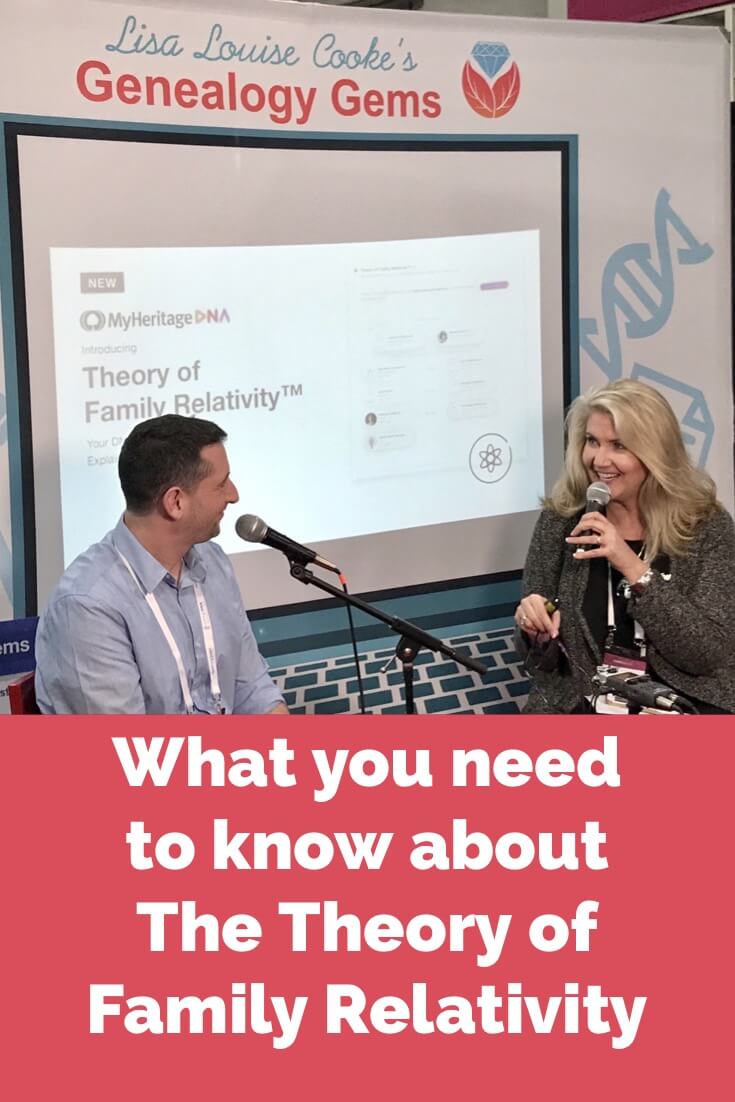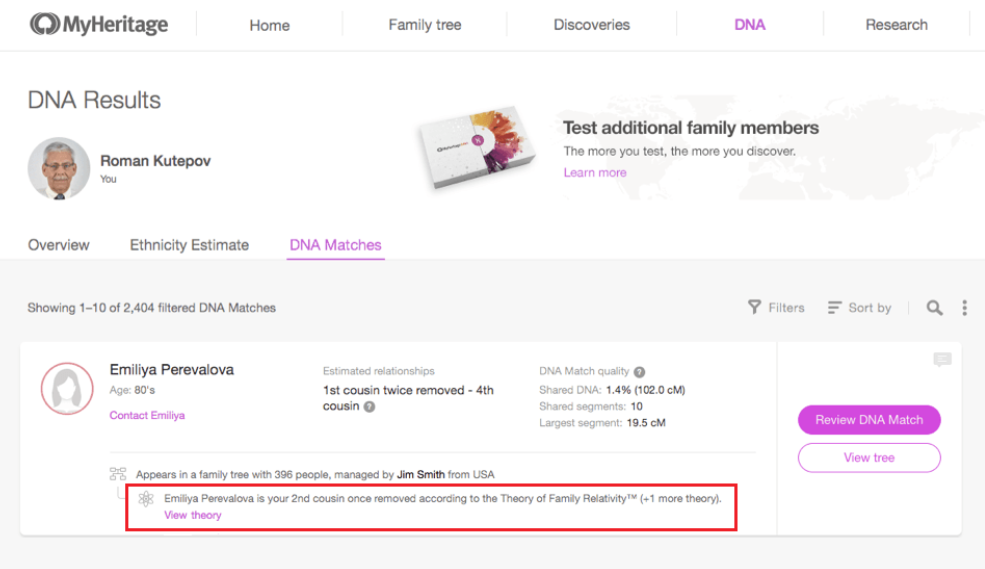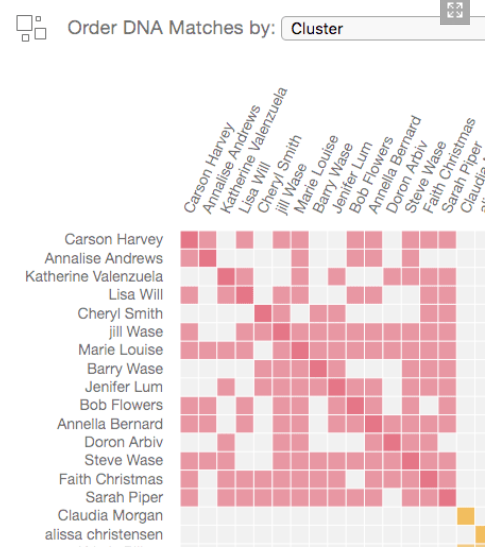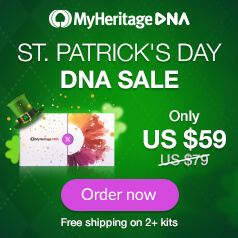MyHeritage DNA Updates 2019
MyHeritage made some exciting DNA announcements at RootsTech 2019! We’ve got the recap here about all of the new tools that will help genealogists find their ancestors and living relatives: The Theory of Family Relativity™ and AutoClusters. These groundbreaking new premium features will provide solid leads on your genetic matches and their relationships to you, with clear and intuitive displays to help you visualize your data like never before.
The Theory of Family Relativity™
“MyHeritage has recently announced and launched what they’re calling the “holy grail” of genetic genealogy – and I’m inclined to agree! The Theory of Family Relativity™ finally bridges the gap between DNA matches and historical records by providing you with leads that explain the relationship between your matches based on both their DNA database AND their entire collection of family trees and historical records. MyHeritage replicates both the Geni and FamilySearch trees into their “Big Tree,” so the amount of time you’ll save on guesswork and cross-referencing is incalculable. You’ll still want to examine the theories that are presented and practice good genealogical methods to verify the correctness. But for the first time, historical records are now being factored into your match results automatically. Time for the genealogy happy dance!”

“Through this new feature, we provide you with leads explaining the relationship between your matches based on our entire collection of family trees and historical records, removing the guesswork, and saving you hours of research time. You can then examine the theories and the information associated with them and verify their correctness.
The Theory of Family Relativity™ is based on a big data graph that connects billions of data points drawn from thousands of databases on MyHeritage, in real time. We call it internally the “Big Tree”. Every node on this graph represents a person, and every edge depicts a blood relationship between two individuals that is described in a family tree or a historical record; or a match between two tree profiles that are likely to be the same person; or two records that are likely to be about the same person.”

Here are the key takeaways from this new feature:
- The family trees and records used to develop the theory are fully integrated and accessible. From their blog: “Click “View full theory” to see a more detailed view that shows which family trees and historical records were used to establish the theory.”
- You may receive multiple theories about one match, and multiple paths showing how the algorithm came to that theory. Or you may receive none. The bigger your tree is, the better, and as more data is uploaded over time, the more information is available for the algorithm to find these theories.
- These are just theories, similar to hints. You still need to view and verify the sources yourself.
Theory of Family Relativity™ is a premium feature that requires a site subscription on MyHeritage (Premium or PremiumPlus or Complete). Users without a subscription will still see all theories that we found for them, but when they click to see the full theory details, some of the information will be hidden. For full details and explanations of how to access and use this feature, visit the MyHeritage blog.
Autoclusters
From the blog: “We’re excited to introduce AutoClusters — a new genetic genealogy tool that groups together DNA Matches that likely descend from common ancestors in a compelling visual chart. This easy-to-use tool helps you explore your DNA Matches more efficiently in groups rather than as numerous individuals, and gain insights about branches in your family tree.”
One of the limitations of DNA testing for genealogy is that testing companies can often only predict your match’s relationship to you, and genetically speaking, there are a lot of possibilities. For a family historian, estimated relationships can be a good lead, but often cause more frustration than assistance in their research. MyHeritage’s new AutoClusters tool aims to alleviate that frustration and provide helpful insights when a concrete relationship cannot be confirmed.

“AutoClusters organizes your MyHeritage DNA Matches into shared match clusters that likely descended from common ancestors. By grouping together DNA Matches who likely belong to the same branch and have a common ancestor, AutoClusters can be very helpful in shedding light on the relationship paths that connect you and your matches. By reviewing family trees of clustered matches, users can piece together the entire branch. Clusters are color-coded for convenience and are presented in a powerful visual chart, as well as in list format.”
AutoClusters is a premium feature that requires a website subscription on MyHeritage (Premium, PremiumPlus or Complete). Learn more about accessing and using the new AutoClusters tool on the MyHeritage Blog.
Get started with MyHeritage DNA today!
You can order a MyHeritage DNA kit right now for just $59 during their St. Patrick’s Day sale! As a bonus, get free shipping when you order 2 or more kits. This sale price is valid through March 18, 2019. If you’ve already tested with another testing company, you can also upload your results to MyHeritage for FREE! You’ll get unlimited free matching as well as the ability to contact your matches. To access these new features and other tools like the ethnicity estimate, shared ancestral places, chromosome browser, etc., it’s a simple one-time charge of $29. Click here to get started with MyHeritage DNA today!
Listen to Genealogy Gems Podcast Episode 227
Featuring the full length interview with Ran Snir, MyHeritage DNA Product Manager
(Click player on the right to unmute sound)





